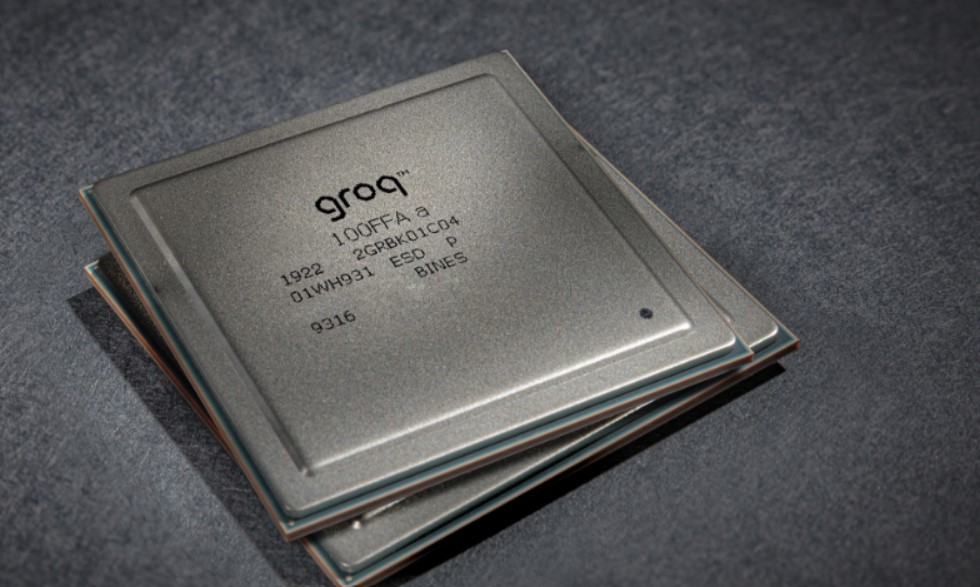The Game-Changing Power of the PHI3 Mini
Microsoft has made a significant breakthrough in the world of Artificial Intelligence (AI) with the introduction of the PHI3 Mini. This powerful AI model can now fit right in your pocket, specifically on your iPhone 14. What sets the PHI3 Mini apart is its ability to bring advanced AI capabilities without compromising privacy, making it a game-changer for users who want to leverage advanced technology securely and conveniently.
From Big and Complex to Small and Powerful
In the past, developing AI meant creating bigger and more complex systems, with some of the latest models having trillions of parameters. These large models required substantial computing power and storage, often relying on strong cloud-based systems to function effectively.
However, with the introduction of the PHI3 Mini, there is a significant shift. This model fits advanced AI capabilities right in the palm of your hand, with 3.8 billion parameters and training on 3.3 trillion tokens. Despite its smaller size, the PHI3 Mini performs as well as larger models like Mixr 8x7 B and GPT 3.5.
Improved Training Data for Enhanced Performance
One of the major breakthroughs with the PHI3 Mini lies in the careful upgrade of its training data. Rather than simply increasing the model's size, Microsoft focused on improving the quality and usefulness of the data it learns from during training. This approach ensures that the model performs better even with smaller computer systems.
The PHI3 Mini's training data set includes carefully chosen web data and synthetic data created by other language models. This not only guarantees top-notch data quality, but also significantly improves the model's ability to understand and generate text that sounds human-written.
Transformer Decoder and Default Context Length
The PHI3 Mini model is built using a Transformer decoder, a key component of many modern language models. Despite its smaller size, it has a default context length of 4K, enabling it to handle a wide range of information during discussions or data analysis.
Additionally, the model is designed to be helpful to the open-source community and compatible with other systems. It shares a similar structure with the Llama 2 model and uses the same tokenizer, recognizing a vocabulary of 32,610 skills and tools. This compatibility allows developers to leverage the power of the PHI3 Mini without starting from scratch.
Powerful AI Features on Your iPhone 14
One of the most impressive aspects of the PHI3 Mini is its ability to run directly on your iPhone 14. Despite its small size, it performs exceptionally well, generating more than 12 tokens per second on the iPhone's A16 Bionic chip without the need for an internet connection.
This means that you can access advanced AI features anytime, anywhere, without being online. Not only does this ensure your privacy, but it also provides a seamless and fast user experience.
Performance and Safety
The PHI3 Mini has demonstrated its strength in both in-house and external tests. It performs just as well as larger models on renowned AI tests like MMLu and Mt bench, showcasing the efficiency of its architecture and the effectiveness of its training regimen.
During the development process, Microsoft conducted extensive testing to ensure that the PHI3 Mini does not produce harmful content. Thorough safety checks, red teaming, and automated testing were carried out to minimize the risk of the model saying something inappropriate or harmful, making it suitable for real-world applications.
Supporting the Community and Future Development
Microsoft is committed to involving the community and supporting developers. The design of the PHI3 Mini is similar to L, and it works seamlessly with existing developer tools. The model's design is also flexible, including features like long rope, which allows it to handle much longer texts up to 128,000 characters.
Using the PHI3 Mini on your iPhone 14 revolutionizes the accessibility of advanced AI technology on personal devices. Moreover, it prioritizes user privacy by eliminating the need to send personal information to remote servers for AI app usage.
Limitations and Future Possibilities
While the PHI3 Mini offers numerous benefits, it does have limitations due to its smaller size. It may struggle with tasks that require a vast amount of specific information, such as answering complex questions in a trivia game. However, this issue can potentially be alleviated by connecting the model to search engines that can provide the necessary information in real-time.
Looking ahead, Microsoft's development team is enthusiastic about enhancing the model's ability to work in multiple languages. Early tests with a similar small model, the PHI3 Small, have shown promising results, especially when incorporating data from various languages. This suggests that future versions of the PHI3 Mini could support more languages, making the technology accessible to people worldwide.
The Future of AI in Our Daily Lives
Microsoft's PHI3 Mini represents a significant advancement in bringing powerful AI tools into our daily lives in a practical way. As this technology continues to improve, it will expand the possibilities of what we can achieve with personal devices, enhancing our experiences and abilities in new and exciting ways.
The ongoing development of models like the PHI3 Mini is likely to inspire more innovation throughout the tech industry, potentially transforming how we interact with technology at a fundamental level. Beyond being a data optimization breakthrough, the PHI3 Mini signifies the direction AI is heading, striking a balance between power, size, efficiency, and accessibility.





